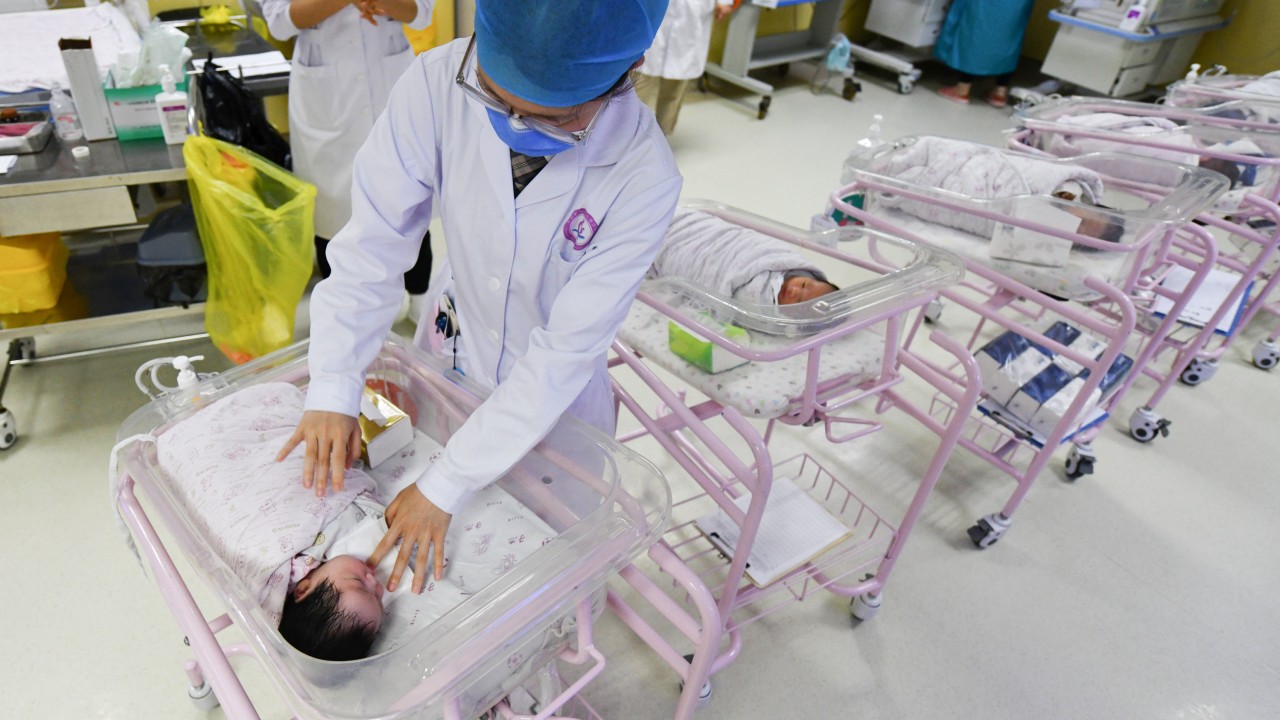How much do financial incentives and other means of support influence the decision to have children, or how many to have? In China, the connection appears weak.
Advertisement
Despite being the country’s top contributor of newborns, the southern economic powerhouse of Guangdong offers one of the poorest environments for childbirth, Chinese researchers said in a recent study.
The most populous province and a rare bright spot amid a national fertility downturn, Guangdong placed second to last in a composite fertility-friendliness index across China’s provinces, municipalities and autonomous regions.
The ranking was compiled in a study published in last month’s issue of Population and Economics, a journal from Capital University of Economics and Business in Beijing.
The assessment framework measured three key dimensions: fertility status, maternal and child healthcare, and institutional support for childbearing. Guangdong trailed far behind the national average on several metrics, including the provision of only 98 days, the minimum mandated by law, of government-supported paid maternity leave.
Advertisement
The authors of the report, from Nanjing University of Posts and Telecommunications and the China Population and Development Research Centre, said it showed a “mismatch” between fertility conditions and policy support.
“We need to strengthen in-depth research on the relationship between fertility conditions and fertility support, explore their intrinsic connections and patterns, and provide a more scientific basis for policymaking,” they said.

